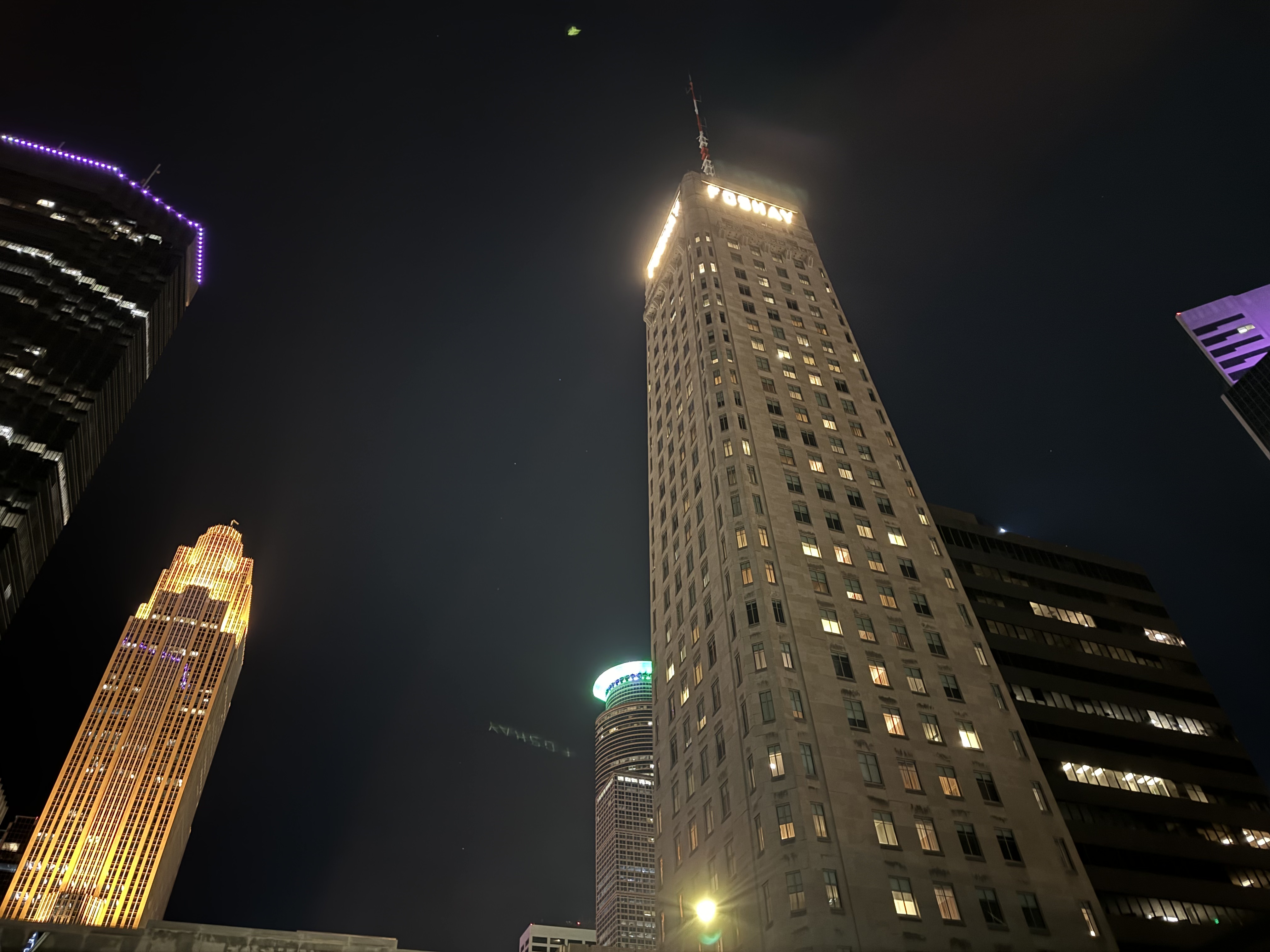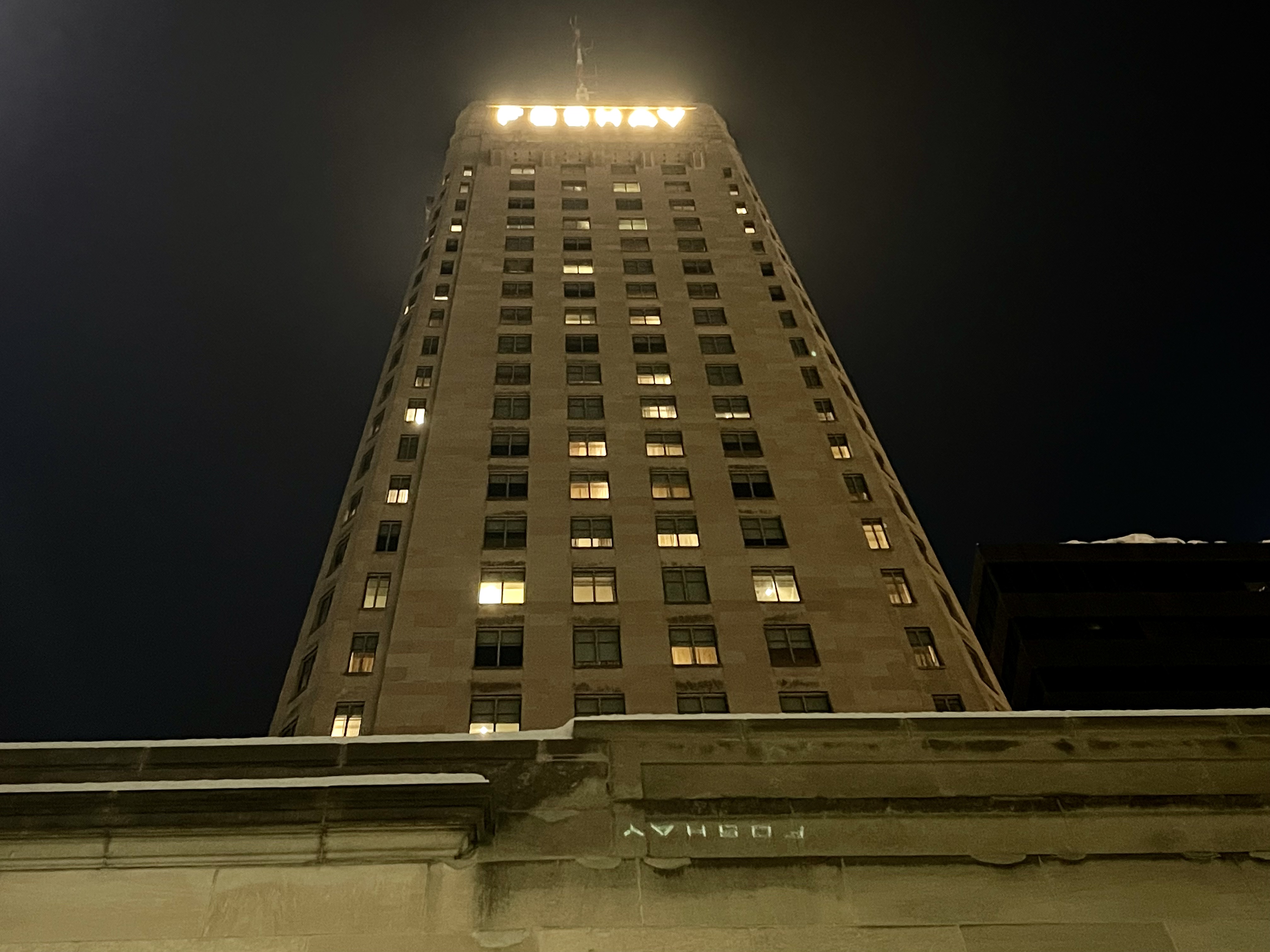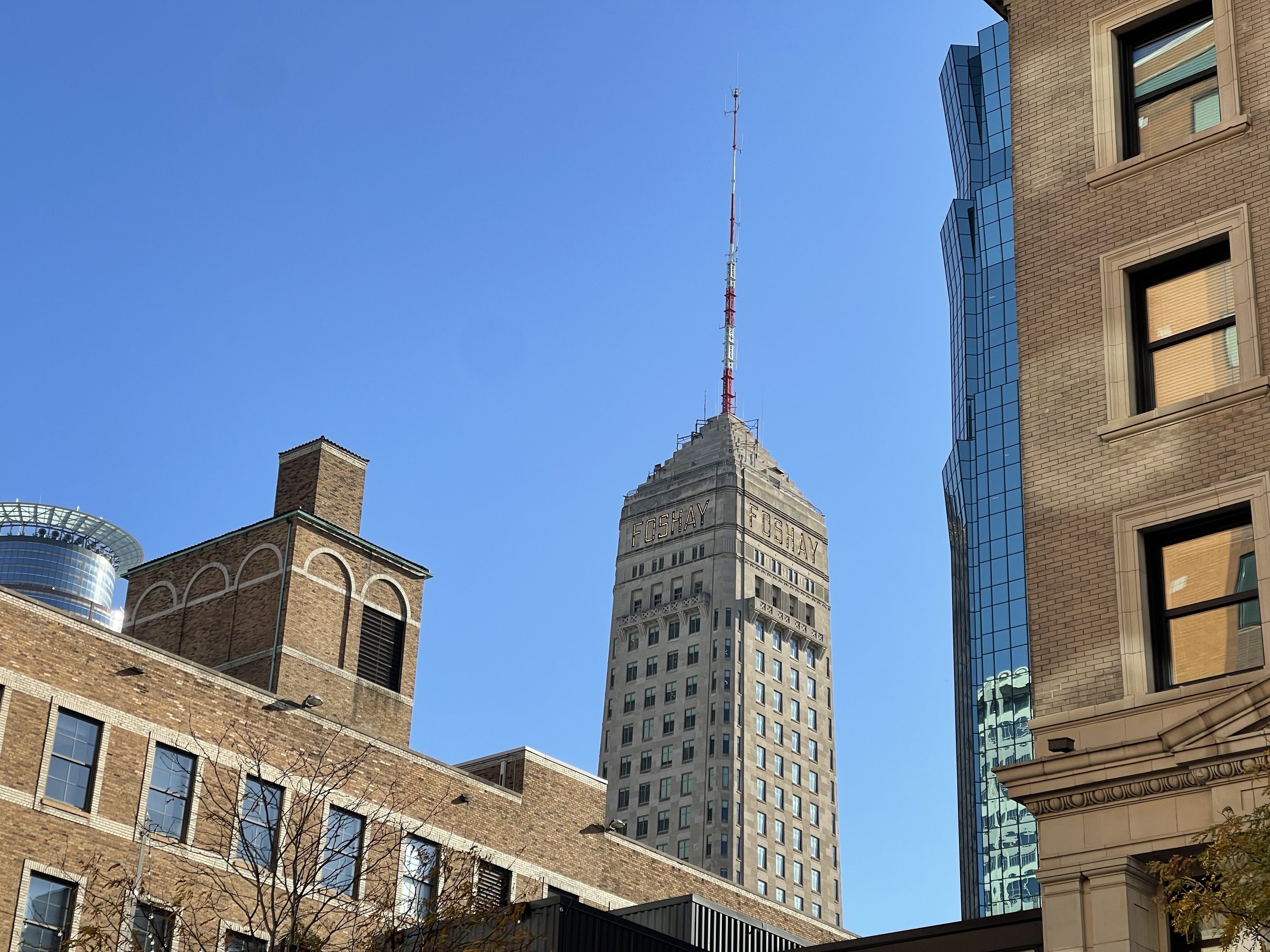Foshay Tower, currently home of the W Minneapolis — The Foshay hotel, stands tall in the center of Downtown, Minneapolis as a testament to ambition, architectural innovation and the roaring twenties.
It’s a landmark for the City of Lakes and deserves to be celebrated, understood and recognized. It possesses a rich history like none other.

According to the Sky Museum located in the tower, chief financial backer and original owner of Foshay Tower, Wilbur Foshay, an art student turned businessman and namesake for the landmark, dreamed of creating a landmark that would rival the Washington Monument.
Foshay Tower was completed in 1929, just months before the infamous stock market crash of October that year that lead to the Great Depression.
Rising 32 floors and standing at 447 feet (136 meters), the tower’s distinctive design echoes the tapering shape of its inspiration. It may be dwarfed by the glass and steel high rises of modernity, but it still stands prominent in the Minneapolis Skyline.

Art Deco Marvel
The Foshay Tower is a prime example of Art Deco architecture. Its exterior features Indiana limestone, while the interior boasts opulent materials such as African mahogany, Italian marble, and terrazzo.
Imagine gold-plated doorknobs, a silver and gold-plated ceiling, and beautiful ornamental bronze entrances—all meticulously crafted by the Crown Iron Works Company of Minneapolis.
The building’s unique design includes slightly inward-sloping sides, with each floor progressively smaller than the one below it.
When completed, the Foshay Tower marked a significant milestone in Minneapolis. It became the first building in the city to surpass the height of the Minneapolis City Hall, which had been completed in 1906.
For 48 years, it held the title of the tallest building in the Midwest until it was surpassed by the IDS Center in 1972.
Observation Deck, museum and restaurant bar
The Foshay Tower offered an observation deck accessible via elevators early on in its history. These elevators were manually operated until they were converted to automatic in 1957. Visitors could ride the elevator to the top for a fee of 50 cents from the tower’s opening in 1929 until the late 1960s.
The observation deck remains open to the public today, offering breathtaking views of Minneapolis and the Twin Cities metro. Tickets to the rooftop also admits patrons to the sky museum that tells a dramatic tale of Foshay’s original owner.
How much do tickets to Foshay cost?
Open daily from 9 am-9 pm. Observation Deck and Museum Winter hours are subject to the weather. Tickets are available at the concierge desk in the main lobby.
- $15 for adults
- Free for 12 and younger





The Living Room and Prohibition bar and restaurant is a speakeasy that allows patrons the chance to party like the Great Gatsby. step back in time and head up to the 27th floor of W Minneapolis — The Foshay to get a taste of what life was like in the 1920s. Originally Wilbur Foshay’s private, full-floor retreat, this speakeasy in the sky seduces visitors with superb cocktails, 360º views and a breathtaking art deco design.

Foshay’s downfall
Wilbur Foshay, the businessman behind the iconic Foshay Tower, faced a dramatic downfall that led him from the pinnacle of success to federal prison. His entire legal battle is documented in great detail with artifacts in the Foshay museum located at the top of the tower.
The museum depicts a dramatic unfolding of events that shows the greed, drama, and intrigue of the times. In 1932, Foshay was convicted of orchestrating a “pyramid scheme” involving shares of his own stock.
His ambitious financial endeavors had rewarded early investors with funds deposited by later ones, creating an unsustainable cycle. As a consequence, he was sentenced to 15 years in prison. However, President Franklin Roosevelt commuted 10 years from Foshay’s sentence, and he ultimately served only three years in Leavenworth due to his “good behavior.”
During his trial, Foshay attempted to explain peculiar marks in his accounting books. He claimed to be colorblind, using this as a reason for the unconventional symbols (instead of ink colors) representing “in the red” and “in the black” entries.
The trial lasted six weeks, and the jury deliberated, but a consensus could not be reached. A mistrial was declared, leading to further legal proceedings. One juror, Mrs. Genevieve Clark, stubbornly held out during the trial.
It was later discovered that she had worked for the Foshay Company and that her husband had business ties with Foshay. Charged with contempt of court, she was sentenced to six months in prison.
In a tragic turn of events, Genevieve Clark, her husband, and their two young boys were found dead from intentional carbon monoxide poisoning after they disappeared.
In 1947, President Harry Truman granted Foshay a full and unconditional pardon. In the end, Wilbur Foshay’s story is one of grand aspirations, financial intrigue, and the complexities of human ambition — not to mention the gritty underbelly of capitalism.

































my favorite uncle ever I wanna be just like you when I grow up I love going on adventures in Minneapolis just like when we used to have all those fun and funny adventures in the city/metropolis that I grew up in